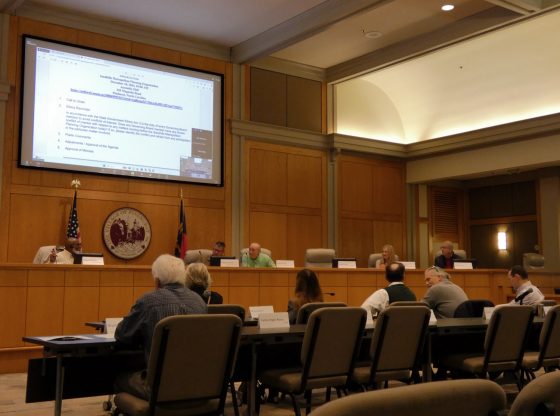The N.C. Department of Transportation is exploring upgrades and alternatives to the Pinehurst traffic circle.
The circle, built in 1956, experienced 50,000 daily trips in 2023, with the traffic demand expected to rise to 80,000 trips in the next few decades.
With traffic steadily growing on key stretches such as U.S. 15/501, N.C. 211 and N.C. 2, the department’s goal is to move traffic more safely and efficiently through the circle.
After NCDOT’s most recent study of the area, the preferred alternative to improve mobility and safety is known as a Continuous Flow Intersection, or “CFI.”

NCDOT is in the process of scheduling a public meeting this summer to discuss this project in more detail. The public is encouraged to attend and comment on the preferred alternative.
The CFI design can move left-turning traffic at the same time as through traffic in both directions along a roadway using simple, two-phase traffic signals.
The signals can be coordinated together to adjust to variances in traffic flow throughout the day and over the course of time as future demand increases.
Once complete, this design will move traffic through the Pinehurst traffic circle vicinity more efficiently than most traditional interchange designs, with lower costs and fewer right-of-way impacts. Similar designs have enabled more efficient traffic flow on highway interchanges.
In addition, the CFI design has options to increase the aesthetic features over an interchange or conventional intersection.
State transportation officials say processing traffic more efficiently would likely decrease the circle’s crash rate, too.
Approximately 850 crashes have occurred in the Pinehurst traffic circle vicinity over the last five years, resulting in over $31 million in crash costs.
This rate of crashes has consistently increased over the last 10 years and is higher than standard signal-controlled intersections that experience the same amount of daily traffic.
The CFI alternative was one of over 15 separate alternative designs evaluated over the course of the project since 2013.
It has consistently provided better-estimated mobility and safety results than any alternative studied to date.
Anticipated construction is set to begin by 2030.
Contributed/Photo via Village of Pinehurst.




















Comments
Comments are closed.